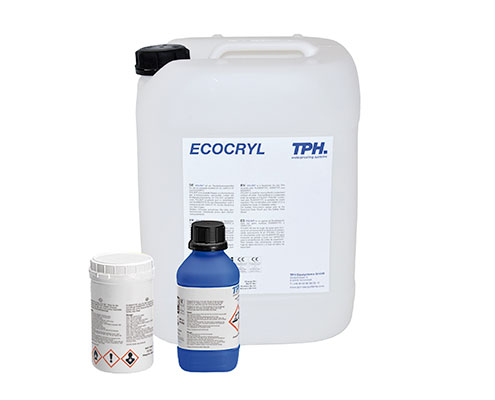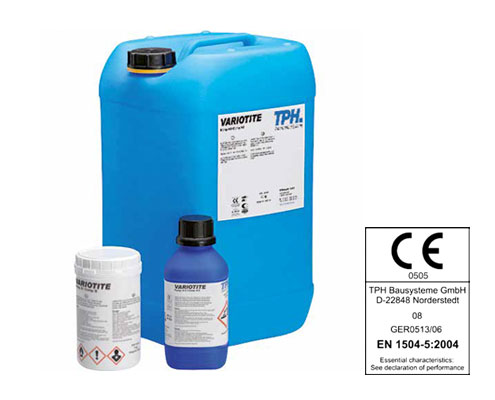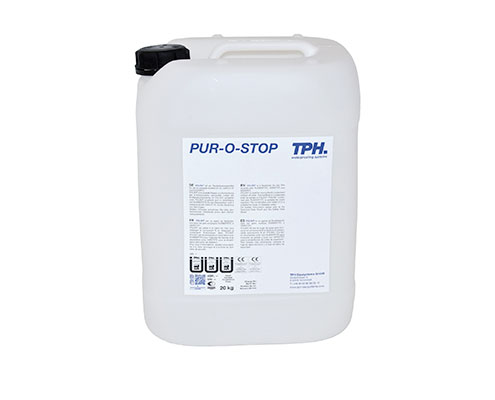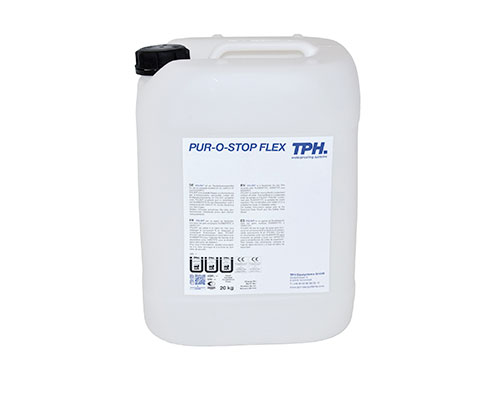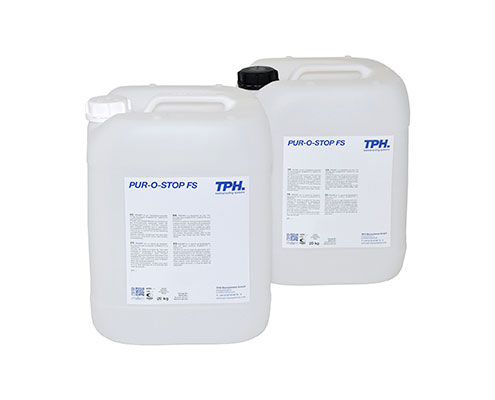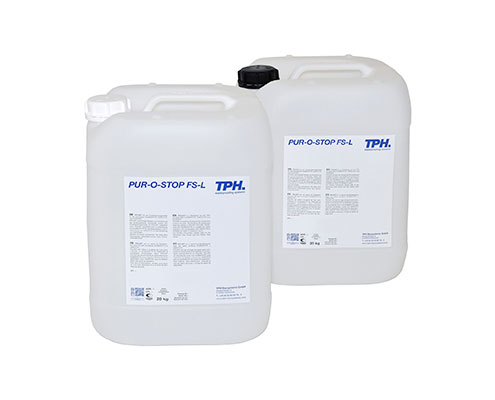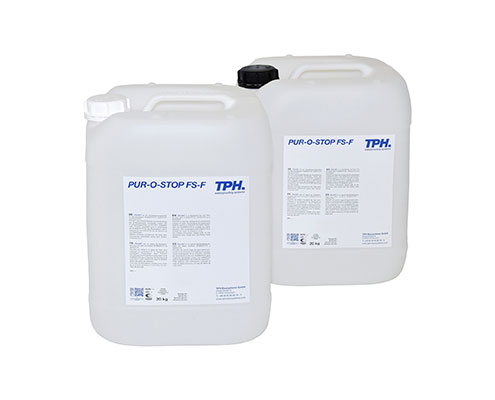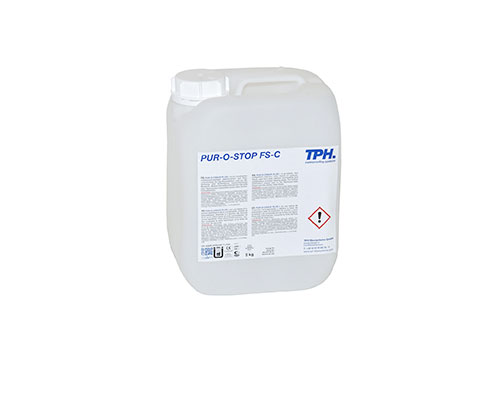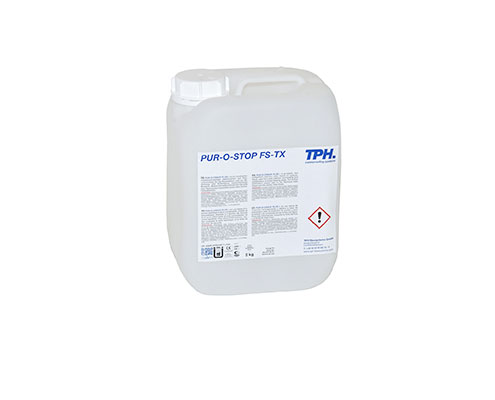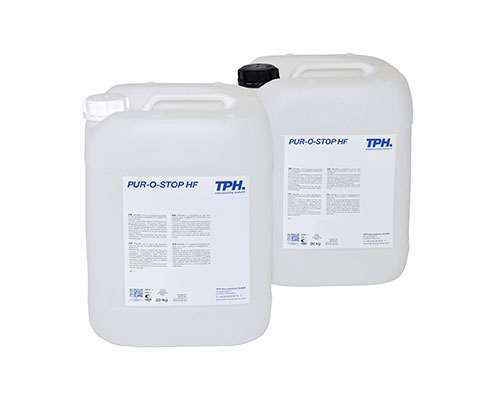Stopping of water inrush
In the case of damp proofing work and renovation in the area of ingressing water, e.g. during tunnelling and in underground car parks, water frequently penetrates the construction through fissures and faults. In such cases Polyurethane foams and quick reacting Polyurethane resins, in particular have proven themselves to be very effective in the temporary arresting of water ingress.
Besides the foam formation and the short reaction time Polyurethane systems are especially suitable for the arresting of water ingress because they cannot mix with water.


